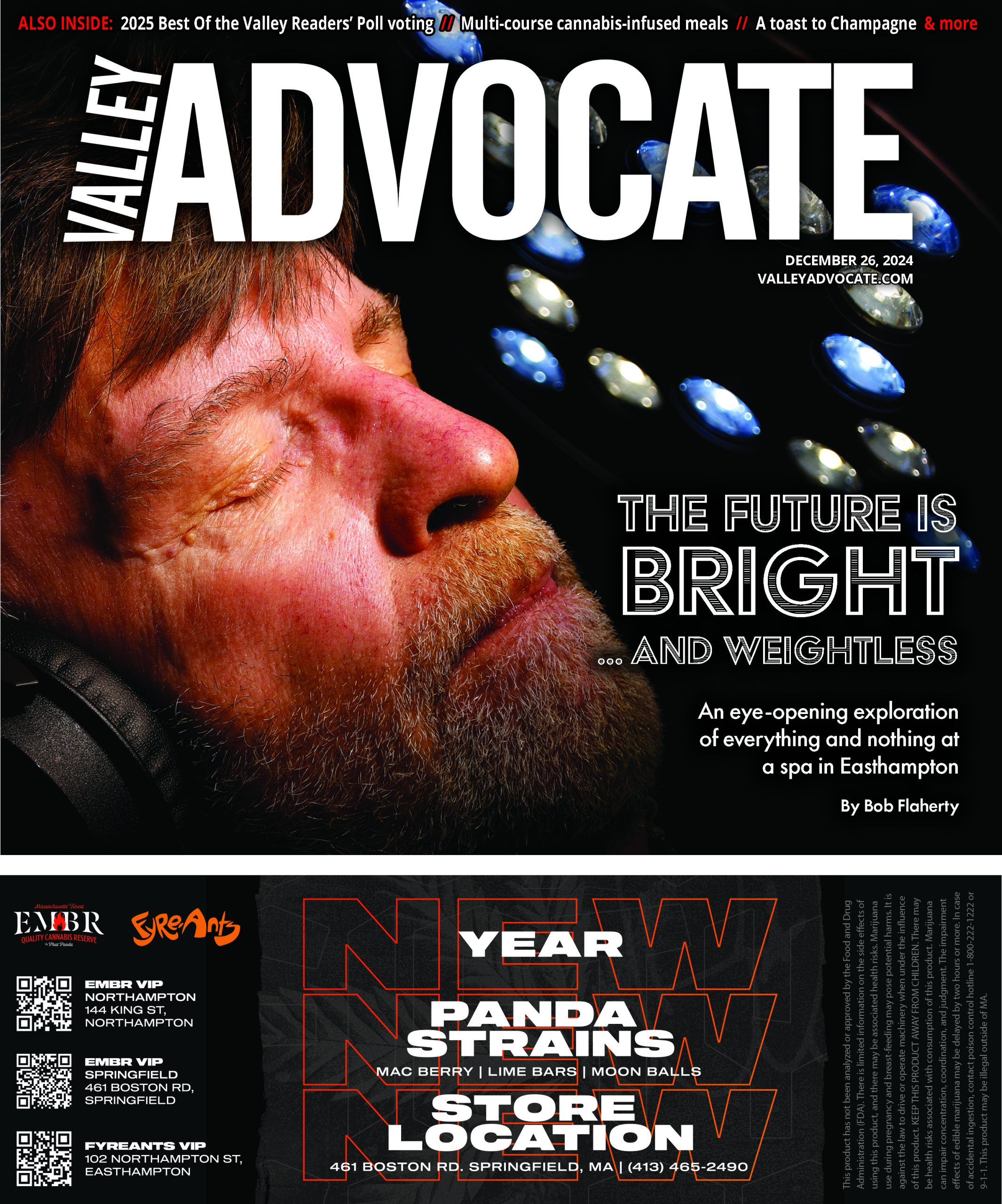For many residents of Mason Square a full week’s grocery shopping — picking up fresh fruits and vegetables, stopping by the butcher, buying some fresh bread, eggs, or pasta — means taking two buses to get to the Big Y across the river in West Springfield and cramming seven days’ worth of food into the PVTA’s per-passenger limit of three bags before taking another two buses home. God help you if you’ve got a kid in tow.
Eat well and exercise, say America’s healthcare workers. But in some neighborhoods, that’s not easy to do. Mason Square in Springfield is one of them — a “food desert” where affordable, healthy food is hard to get. Nearly 50 percent of Mason Square’s residents live below the poverty line, according to the Pioneer Valley Planning Commission’s Food Security Plan for 2014.
In Springfield, some neighborhoods have it worse than others — about a third of residents in East Forest Park live in a food desert; it’s 26 percent in Pine Point, and 16 percent in Sixteen Acres. While a lack of access to healthy foods isn’t the only reason, it certainly is a contributing factor to Springfield’s skyrocketing obesity rate. In 2008, 29 percent of Springfield residents were obese, but in 2011 that number had grown to over 35 percent. And with higher obesity, high blood pressure and diabetes become more common.
In Mason Square, the best bet for grocery shopping is NSA Supermarket — a shop about a third the size of a regular Big Y or Stop & Shop. The produce section occupies a small area at the front. Shelves stocked with dry goods like Goya beans fill the store’s back half. There’s a compact deli counter. Displays advertise low prices at nearly every turn, and the shop offers a free ride home to patrons who spend $50 or more in a shopping trip.
“[It’s] not the type of store you would see in the suburbs,” said Wanda Givens, executive director of the Mason Square Health Task Force. Givens and the task force hope to entice a big grocery to open in a site purchased by DevelopSpringfield at the edge of the Old Hill neighborhood of Mason Square. DevelopSpringfield and the task force are just a couple of groups among many working to bring healthy food to Mason Square.
“Our goal isn’t to put any store that’s already here out of business,” Givens added. “We want to supplement and add to the stores in the community so everyone has access to healthy, affordable options. Studies show an increase in access is among the fundamental ways to reduce health disparities in lower income communities of color around obesity and diabetes. That’s our primary objective.”
They’ve come close to success — for a while it looked like Big Y might move in.
“When we looked at our priority list of our projects that we had to focus on as a company, we realized we couldn’t take on another one,” said Claire D’Amour-Daley, vice president of corporate communications for Big Y.
The hurdles associated with urban vs. suburban stores are bigger than one might think: things like noise restrictions and carriages ending up on sidewalks around the store, said D’Amour-Daley. Building a grocery store is a “very expensive proposition” — it costs between $8 million and $10 million to create a Big Y market, she said.
“That was a big blow to us, quite honestly,” Givens said of not being able to land Big Y.
In its attempt to get a big grocery in Mason Square, the task force has tried to overcome assumptions on the part of operators, specifically that if they open a business in the inner city, they will be robbed or lose money, she said. “They’ll say they don’t have the money this year, ‘it’s not our focus,’ [and] in fact that’s what we’ve heard,” Givens said.
To aid the effort, the task force launched a campaign called Just Food, which asked Mason Square residents to submit their out-of-area grocery receipts over the course of two months. Collection boxes were placed in community centers, churches, and small businesses, and the campaign collected 1,300 receipts totalling more than $50,000.
“It was a powerful visual statement,” says Beatrice Dewberry, the task force’s director of community engagement.
“It didn’t land us an operator, but what it did do was open people’s eyes up in the business community to the potential that exists here and answered the question: yes, we do spend money,” Givens said.
The new store effort continues, and in the meantime, the task force is focusing on other food access and education projects, including its food education program, and has also expanded the number of vendors at its farmers market.
“One grocery store is not going to fix all the problems,” Givens said.
Her ideal Mason Square would have more resident-owned businesses, fewer abandoned houses, and not so much disease and sickness, she said. “I would like to see it the way it was when I was a kid,” she said. “I used to know it well.”•



